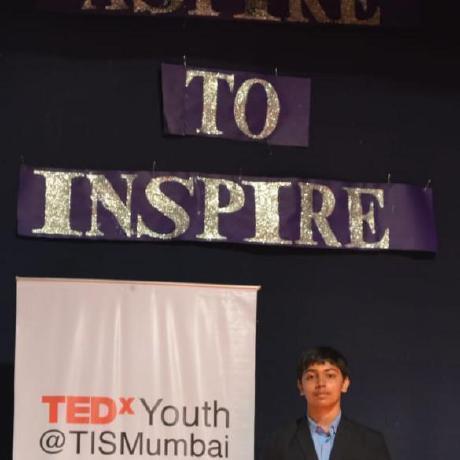Breast Cancer prediction
- 0 Collaborators
I have used the diagnosis of breast cancer cytology to demonstrate the applicability of this method to medical diagnosis and decision making. We use various different algorithms and also demonstrate the comparison between the algorithms for the classification problem. ...learn more
Project status: Under Development
Artificial Intelligence, Cloud
Intel Technologies
OpenVINO,
Intel Python
Overview / Usage
I have used the diagnosis of breast cytology to demonstrate the applicability of this method to medical diagnosis and decision making. Each of 11 cytological characteristics of breast fine-needle aspirates reported to differ between benign and malignant samples was graded 1 to 10 at the time of sample collection. Nine characteristics were found to differ significantly between benign and malignant samples. Mathematically, these values for each sample were represented by a point in a nine-dimensional space of real variables. We use various different algorithms and also demonstrate the comparison between the algorithms for the classification problem. Finally, an overall accuracy of 99.4048 % is achieved. We only classify 1 % of benign case as malignant. The algorithms used are programmed in python for demonstration purposes. This paper also demonstrates deploying the created model on cloud and building an API for calling the model and verify it. use the diagnosis of breast cytology to demonstrate the applicability of this method to medical diagnosis and decision making. Each of 11 cytological characteristics of breast fine-needle aspirates reported to differ between benign and malignant samples was graded 1 to 10 at the time of sample collection. Nine characteristics were found to differ significantly between benign and malignant samples. Mathematically, these values for each sample were represented by a point in a nine-dimensional space of real variables. We use various different algorithms and also demonstrate the comparison between the algorithms for the classification problem. Finally, an overall accuracy of 99.4048 % is achieved. We only classify 1 % of benign case as malignant. The algorithms used are programmed in python for demonstration purposes. I also deploy the created model on cloud and building an API for calling the model and verify it.
Methodology / Approach
This is a typical classification project, so I experimented using Logistic Regression, Decision Trees and Neural Networks to check for the model with best test accuracy. I have used the binary cross entropy based approach for the logistic model and also bagged and boosted the decision trees for faster and more efficient training and results. I first tried to use Principal Component analysis but I observed that the principal component eigen values which were obtained did not have a very huge, so it did not make any sense to reduce the features in this case. I used the methods Akikine Information Criterion (AIC), Bayesian Information Criterion (BIC), Area under Curve (AUC) and ROC curves to aid me in the model selection. For selecting the best hyper parameter I used a 10 fold cross validation. Finally I receive a very cutting edge accuracy. I finally received that the Decision forest and Neural Network approach was the best. the test accuracy received using Decision Forest was 98.8 % and 99.4 % using Neural Network as it is a very small difference, you might want to use Decision forest for a greater explainaibility but here we are working on a medical project so, I chose the Neural Network approach. I then made two deployments to the cloud and to the edge. The cloud deployment was as easy as submitting a job to the compute. For deploying the model on edge I used open-vino toolkit to quantize the model. This model has many applications once deployed on edge and integrated with hardware.
Technologies Used
TensorFlow
numpy
scikit-learn
OpenVino toolkit
Intel Python
Repository
https://github.com/Rishit-dagli/Breast-cancer-prediction-ML-Python







